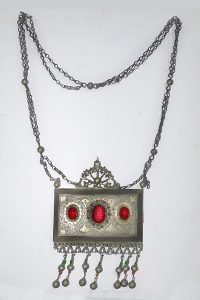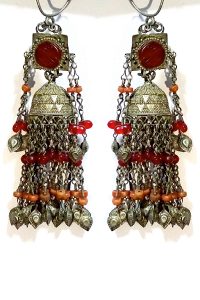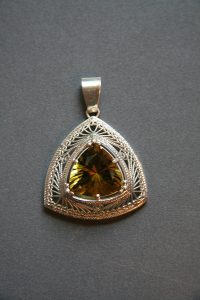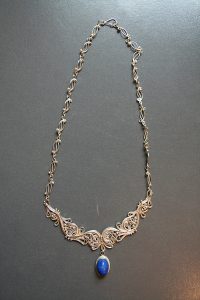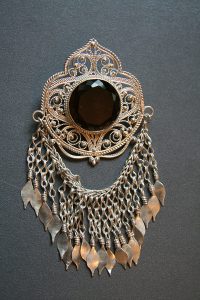Zargari (Jewelry) is derived from the Persian-Tajik word javahir, meaning treasure. Jewelry is considered one of the most delicate, beautiful and ancient professions, and it is known from ancient finds that the first examples of jewelry belong to the Bronze Age. At that time, jewelry was used as a fetish – an object with a magical power, performed a protective function and protected from evil forces. In the following periods, especially in the Middle Ages, the style of jewelry decoration developed, and jewelers used mostly Islamic motifs, flowers and plants, geometric shapes and Arabic script. This craft still has a special status among the Tajik people, especially the people of Khatlonzamin, and people’s interest in this ancestral profession is increasing. Today, there are many families in the city of Kulob who have passed down the art of jewelry from generation to generation for many years, paying tribute to it as a grandfather’s profession. The skilled and famous jeweler Zumradbi was known and famous as Zumradbi the goldsmith. Zumradbi’s children, goldsmiths Mahmud and Jurakhan, continued their grandfather’s profession and learned this ancestral profession from their grandfather, master Achil, who was one of the most skilled and famous jewelers of Tebalai village, Kulob city. It should be noted that in the National Museum, the collection and preservation of these artifacts of ancestors, more than 1000 examples of jewelry, such as earrings, necklaces, bracelets, headbands, rings, belts etc. are preserved and put on display.
Welcome to the National Museum!



